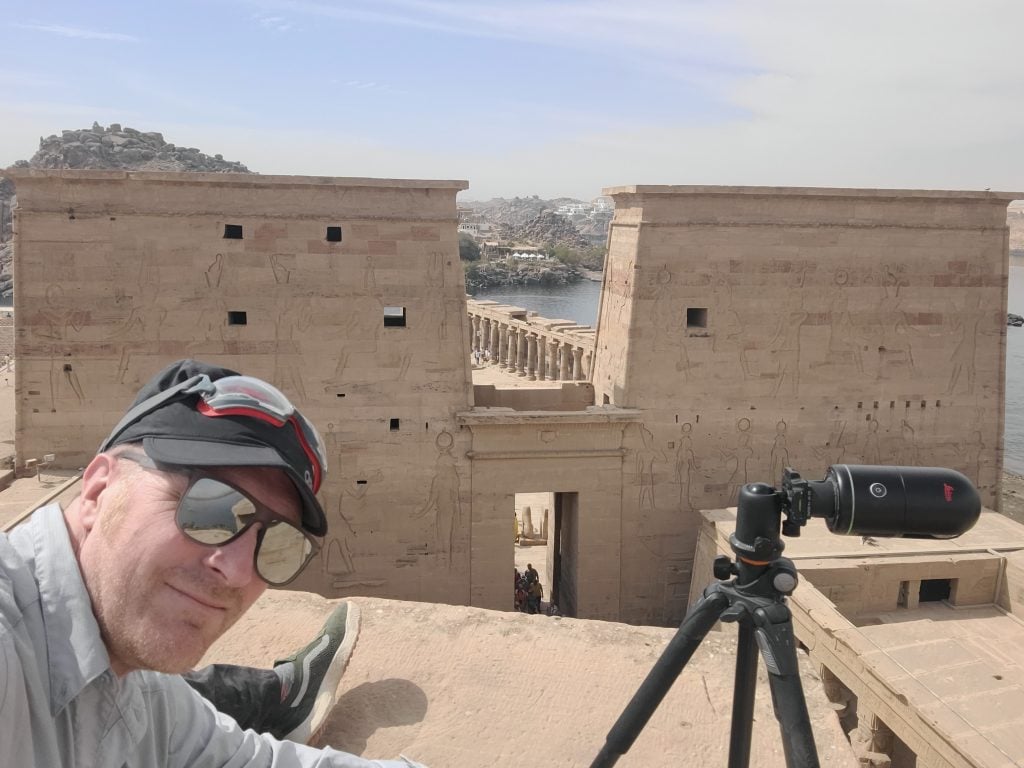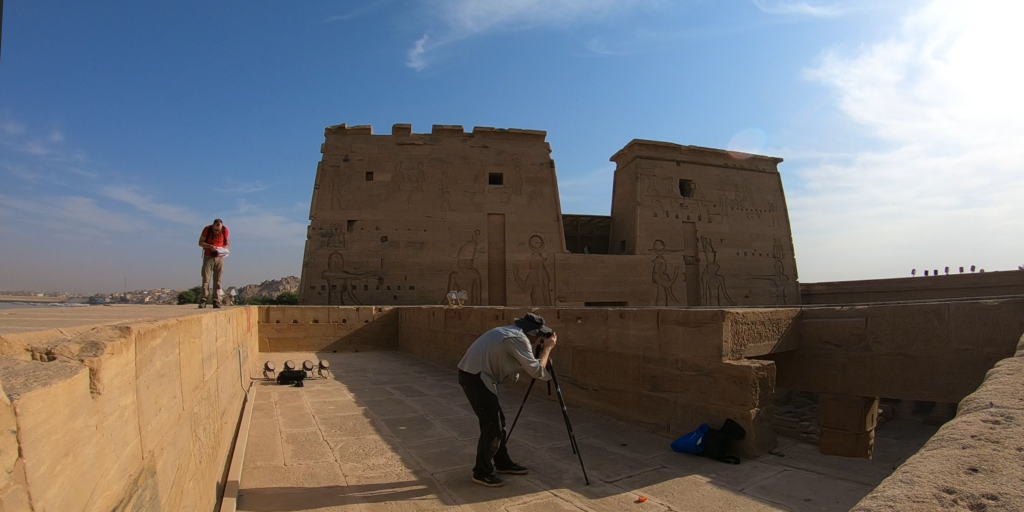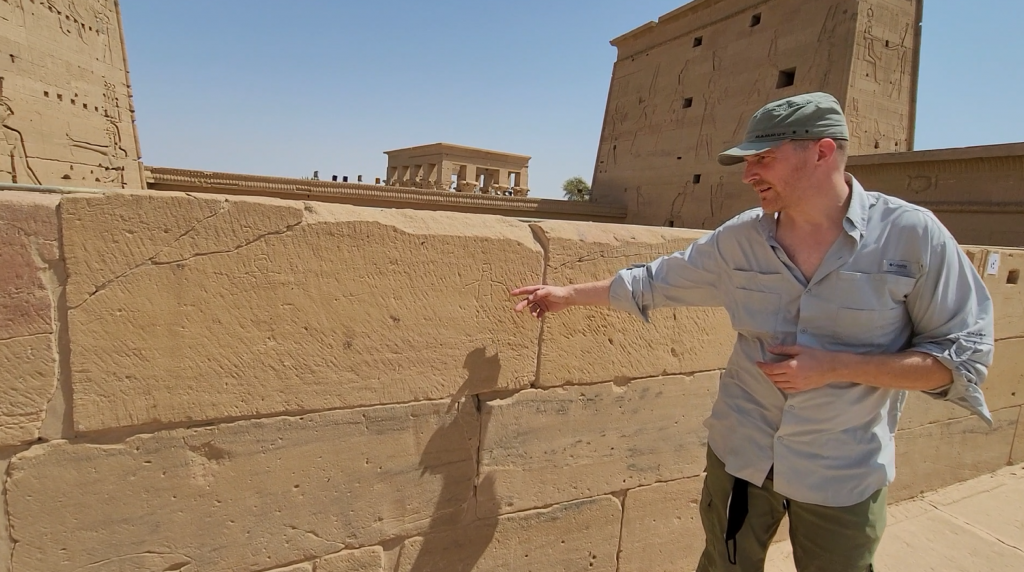If Egyptian temples are the bold statements of the rich and powerful, the graffiti carved on their walls are the voices of the common people. At least that’s the analogy chosen by Nick Hedley, professor of geography at Simon Fraser University.
It was Hedley’s expertise in capturing spatial reality, rather than ancient Egypt, that led him to a project to record the Temple of Isis on the southern island of Agilkia. of Egypt. The graffiti inscriptions – written in Demotic, Arabic, Greek, Latin, Coptic and French, along with the myriad figures of hunting scenes, feet, gods and goddesses – tell the stories of those who have visited the site for 2 000 years.
Hedley is, by his own account, an unconventional spatial data scientist, who is as interested in the visual experiments his skills make possible as in the practice of simple data capture. In 2019, an exhibit he designed at the Museum of Vancouver showed how extended reality could be used to bring ancient Greece to life and connected it to the Temple of Isis project.

Hedley overlooking the Temple of Isis. Photo: Nick Hedley/PTGP 2021-2023.
The popularity of studying graffiti at ancient sites has grown in recent years, but at the UNESCO site, most scholarly research has focused on textual graffiti, rather than the figurative graffiti that lines walls , columns and roof, despite the fact that they are approximately equal in number – about 1400 items. Among them are outlines of feet (something like an ancient “I was here” marking), devotional prints of gods, and hashes for board games.
“These inscriptions tell us something about many different types of people and when you look at them up close,” Hedley told Artnet News. “You can almost imagine them standing here today, quietly scratching these figures in the sandstone.”

Hedley recording old graffiti on the roof of Mammisi in Philae. Photo: Nick Hedley/PTGP 2021-2023.
Previously, similar archaeological sites studies relied on scanning traced sketches to create two-dimensional plans, but Sabrina Higgins, a Simon Fraser University archaeologist who has worked on the project since 2020, realized Hedley’s skills in photogrammetry, grazing light and reflectance transform imaging would produce a much more accurate model. Photogrammetry, which builds a 3D model from photographs, can capture marks less than a millimeter deep. It’s also much faster, completing work that typically takes years in days.
The first stage focused on the Birthplace, or Mammisis in Coptic, a small chapel centered on the nativity of a god which is connected to a large temple.

Graffiti documented at the Temple of Isis in Egypt. Photo: Nick Hedley/PTGP 2021-2023.
“My spatial reality capture work will produce the definitive new set of digital wall plans for the figurative graffiti on the Mammisi,” Hedley said. “In due course, I will also present the new 3D model of the Mammisi, from which it will be used to drive several fundamentally new types of archaeological spatial analysis.”
The project, which began in 2016, involves archaeologists from the University of Ottawa and funding from the Swiss Archaeological Institute and the Austrian Academy of Sciences. Built in 362 BCE, the Temple of Isis was originally located on the island of Philae, believed to be one of the burial places of the Egyptian deity Osiris. It is located on the border between Nubia and ancient Egypt and was an important place of pilgrimage until the 5th century. Following repeated flooding caused by the Aswan Dam, it was moved to Agilkia Island under the direction of UNESCO in the 1960s and 1970s.
Follow Artnet News on Facebook:
Want to stay one step ahead of the art world? Subscribe to our newsletter to receive breaking news, revealing interviews and incisive reviews that move the conversation forward.
